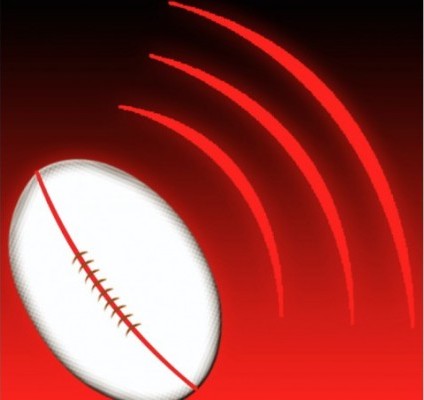The Truth About Hybrid Leagues
The Truth About Hybrid Leagues
Minnesota’s Northern Lights Collegiate Conference (NLCC) announced its women’s college schedules for the fall and reintroduced a relatively new competition into the union's offerings: hybrid leagues. Never heard of them? You’re not alone. There are several hybrid leagues around the country – look at the women’s Tri-State conference – and the National Small College Rugby Organization (NSCRO) is promoting the benefits of this USA Rugby-supported competition as a creative solution to the challenges posed by geographic isolation and school enrollment.
“The hybrid leagues were approved by the [USA Rugby] Collegiate Management Council two years ago, but it seems that many conferences are not aware that they can offer this option for their teams,” NSCRO Commissioner of Women's Rugby Byrn Chivers reported. “The result is that many small colleges are playing as DII teams in leagues that contain some very large schools.”
A hybrid league brings DII and NSCRO teams from the same geographic region into the same competition, but each set of teams has different pathways to their respective post-seasons and own national championships. A hybrid league is attractive to teams that are geographically isolated – like the NLCC’s DII and NSCRO teams in North Dakota, South Dakota, and western Minnesota comprising the region’s new hybrid league. If a DII team is surrounded by small schools, or vice versa, that team doesn’t have to play up, play down, or travel prohibitively long distances for games in its division; the school retains its classification based on enrollment, plays its league games, and then moves onto its own post-season.
But the league is also beneficial to dense regions like Tri-State. In the New York/Connecticut hybrid league, DII and NSCRO teams play each other, and cross-divisional games do not affect their respective records. The stronger small schools can challenge themselves against the larger schools, while still following the pathway to the NSCRO playoffs.
“This year’s DII championship highlighted the current problem for small schools playing in the DII pathway,” said Chivers. “The final eight included schools of 15,500, 14,500 and 9,500 women undergrads, and the only two small schools who made it to the quarterfinals were both varsity programs with more resources to be competitive against the larger programs.”
So why aren’t hybrid leagues taking off? There are many misconceptions on regarding USA Rugby alignment and the effort required to create these new leagues.
“I recently had a small school contact me about joining NSCRO, but when I contacted their league administrator, they made it clear that the only option for that small school was for them to play as a DII team if they wanted to remain in the league. The small school was told that if they joined NSCRO, then they had to find their own games.”
A hybrid league isn’t a choice between USA Rugby and NSCRO; the organizations work together in this regard. Some regions might be concerned with building a valid competition that qualifies its members for post-season play (to qualify for the DII playoffs, for example, a certain amount of DII games must be contested). But if a small school is playing up in a DII league, and it gets pummeled season after season, how long is that program going to survive?
It also takes very little effort to set up a hybrid league.
“It’s the philosophy of NSCRO to not disrupt the day-to-day workings of any conference, league, LAU, or any other local governing body where people are working incredibly hard to serve their area,” Chivers said. “All we want to do is give small colleges with less than 3,500 female enrollment a level playing field and pathway to a national championship.”
Tangentially related to the hybrid leagues is the role of 7s in the small school arena. Hybrid leagues give small colleges a chance to play and grow; so does 7s. Look at Simpson College, which backed the formation of a 7s-only program this spring and sent its team to the NSCRO 7s National Championship at West Point, where it finished third.
“Look at areas like Iowa,” Chivers said of Simpson College’s home state. “How do we connect Luther, which is playing in the Minnesota union, to Simpson College? How can we develop a couple of 7s teams that would bridge the state between these two schools, so that in the spring, they could play an Iowa 7s league? That’s how we’re thinking. Geography is a challenge, and we’re using hybrid leagues and 7s to connect teams.”
Chivers indicated that the hybrid movement is a work in progress, that the summer is the time for AGMs and proposals. What is Chivers hoping you’ll take away from the idea of hybrid leagues?
“It’s approved by the [USA Rugby] CMC; it’s a lovely way to provide pathways to national championships; and it doesn’t impact the conference,” he said. “It’s a nice solution but I don’t think teams know they have the option to request it within Division II.”
Related Articles:
Small College & 7s -- A Perfect Union











